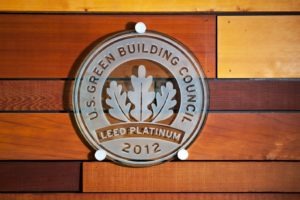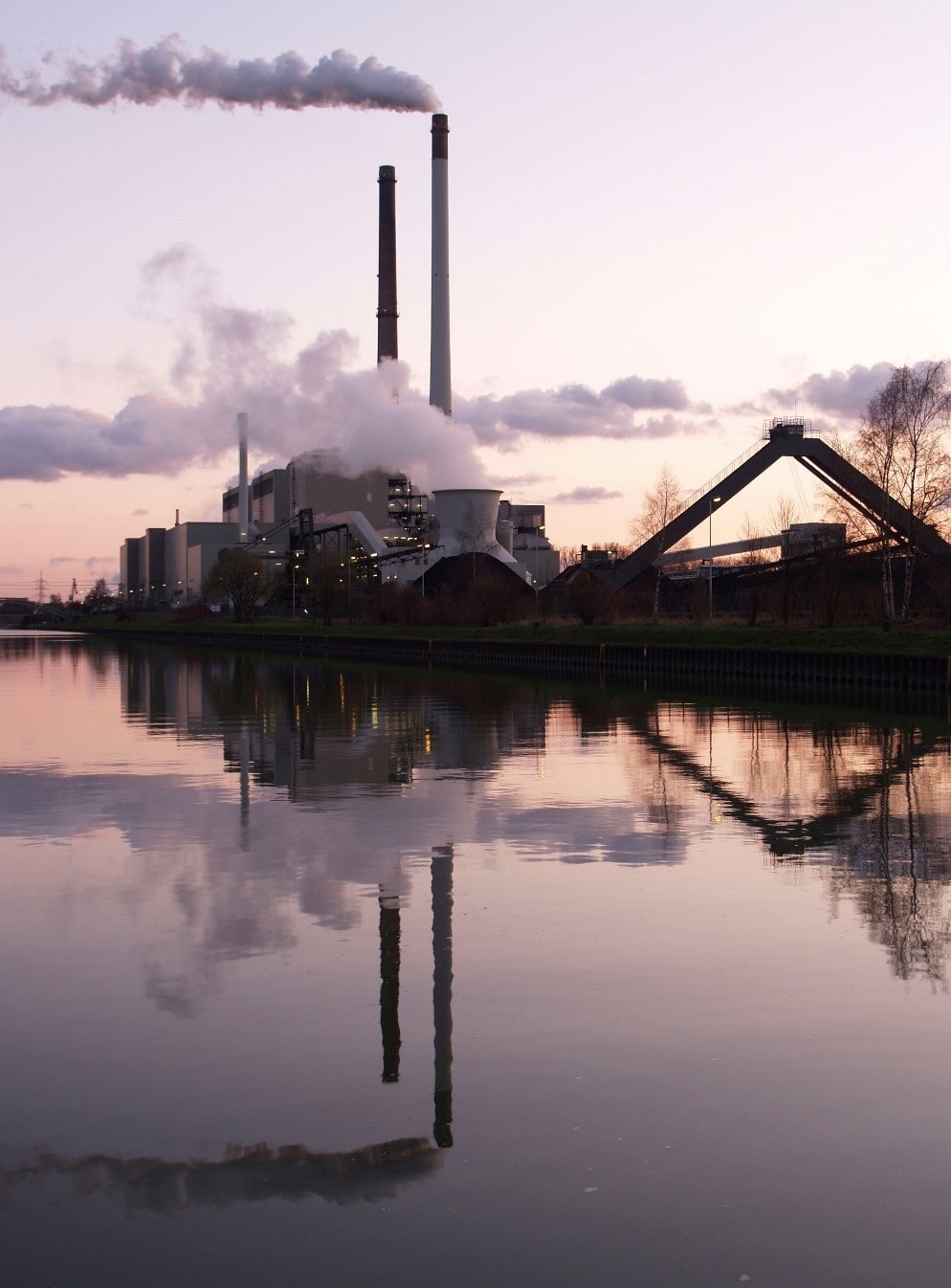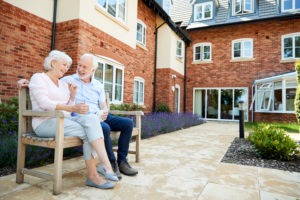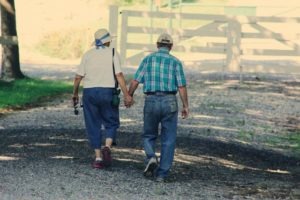In the post-COVID world, there needs to be a greater awareness that the built environment can protect and promote human and environmental health. Buildings can, and must, play a critical role in delivering a stronger, more resilient public health infrastructure that can help prevent and mitigate crises such as the SARS-CoV-2 pandemic. The good news is that we already have effective tools for designing, constructing, and operating such buildings—chief among them LEED and the WELL Building Standard.
We believe people are now more conscious of how the built environment affects their health. As a result, we’re likely to see an increase in investment in sustainable building design, construction, and operation and a corresponding increase in demand for green building rating systems such as LEED and WELL. We may also see the green and healthy building concepts that are included in these systems increasingly integrated into building codes.

[Credit: Blanchethouse (username) / Source: https://commons.wikimedia.org]
Certification programs (e.g., LEED and WELL) have been developed though collective effort. They are extremely effective and adaptable tools that project teams can use to ensure that their buildings achieve the best possible performance in terms of protecting environmental and human health. Importantly, these programs continue to evolve, offering ever more effective strategies for improving the built environment, ensuring that buildings adapt to whatever circumstances may arise in uncertain times. But right now, project teams can make immediate use of LEED and WELL, and similar tools, to start preparing for the new reality ushered in by the COVID-19 pandemic.
How can project teams leverage LEED now? In this series, we’ve highlighted the LEED credits that can be used to guide efforts to make our buildings safe, healthy, and resilient. (In a follow-up series we’ll discuss the WELL features that can be used to guide our post-COVID building work.)
(more…)
 AeroBarrier is touted as the best route to never fail another blower door test. The technology, which involves pressurizing a space with a blower door fan while misting a water-based glue into the air from multiple points throughout the space, is most often being used on new multifamily buildings after drywall is installed. SWA first experimented with the technique on the Cornell Tech high-rise building. Back in March, I reached out to Yudah Schwartz at SuperSeal Insulation, Inc. about a personal project, the gut rehab of a 2,500 SF detached single family home. While renovations aren’t something they normally do, Yudah and his team agreed to try a demo. Here’s what happened.
AeroBarrier is touted as the best route to never fail another blower door test. The technology, which involves pressurizing a space with a blower door fan while misting a water-based glue into the air from multiple points throughout the space, is most often being used on new multifamily buildings after drywall is installed. SWA first experimented with the technique on the Cornell Tech high-rise building. Back in March, I reached out to Yudah Schwartz at SuperSeal Insulation, Inc. about a personal project, the gut rehab of a 2,500 SF detached single family home. While renovations aren’t something they normally do, Yudah and his team agreed to try a demo. Here’s what happened.




